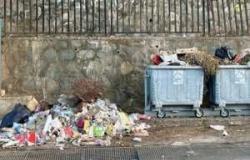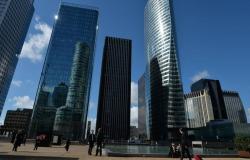Sixty-one viewpoints are now photographed every two years, always in the same season.
“With the creation of the photographic observatory of the Aubrac landscapes, it is a work initiated since the creation of the Aubrac Regional Natural Park which is culminating“, explains Nicolas Leblois, built heritage and landscapes project manager at the PNRA. “The subject of preserving the Aubrac landscapes had clearly been identified in the park charter as a priority action for our territorial project. This landscape heritage contributes very strongly to the reputation of the site. And, while it may seem “out of time”, it sometimes evolves insidiously: urbanization, new infrastructure, disappearance of hedges or low walls…“
In 2019, a first series of more than 200 photos was taken to serve as a basis for selection work in consultation with the inhabitants of the area. The park had led several local hotlines and meetings in Fournels, Chaudes-Aigues, La Canourgue, Saint-Amans-des-Côts and Argences-en-Aubrac.
Many partners
The work was also shared with partners, Council of Architecture, Town Planning and the Environment (CAUE) of the three departments, Departmental Unit of Architecture and Heritage (Udap) and Regional Directorate of the Environment, of development and housing (Dreal). The aim was to make a selection that covers a wide diversity of themes to observe: natural, agro-pastoral spaces, town centers, but also housing estates and artisanal areas. This resulted in 61 viewpoints which will now be photographed every two years, always in the same season.
An educational game currently being designed
These photos are now accessible to everyone on the internet, geolocated and comparable. “Everyone can play the game of seven differences“, s’amuse Nicolas Leblois. “But above all, it is a very interesting tool for analyzing changes in our landscapes. For an elected official, or any person who carries out a development and construction project… This allows you to observe the evolution of this or that type of environment similar to your own. This raises awareness of the preservation of our daily landscapes. This observatory could also be easily used with children and students; we are in the process of developing it into an educational game.“






